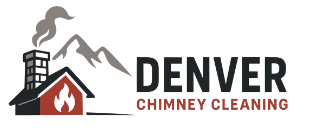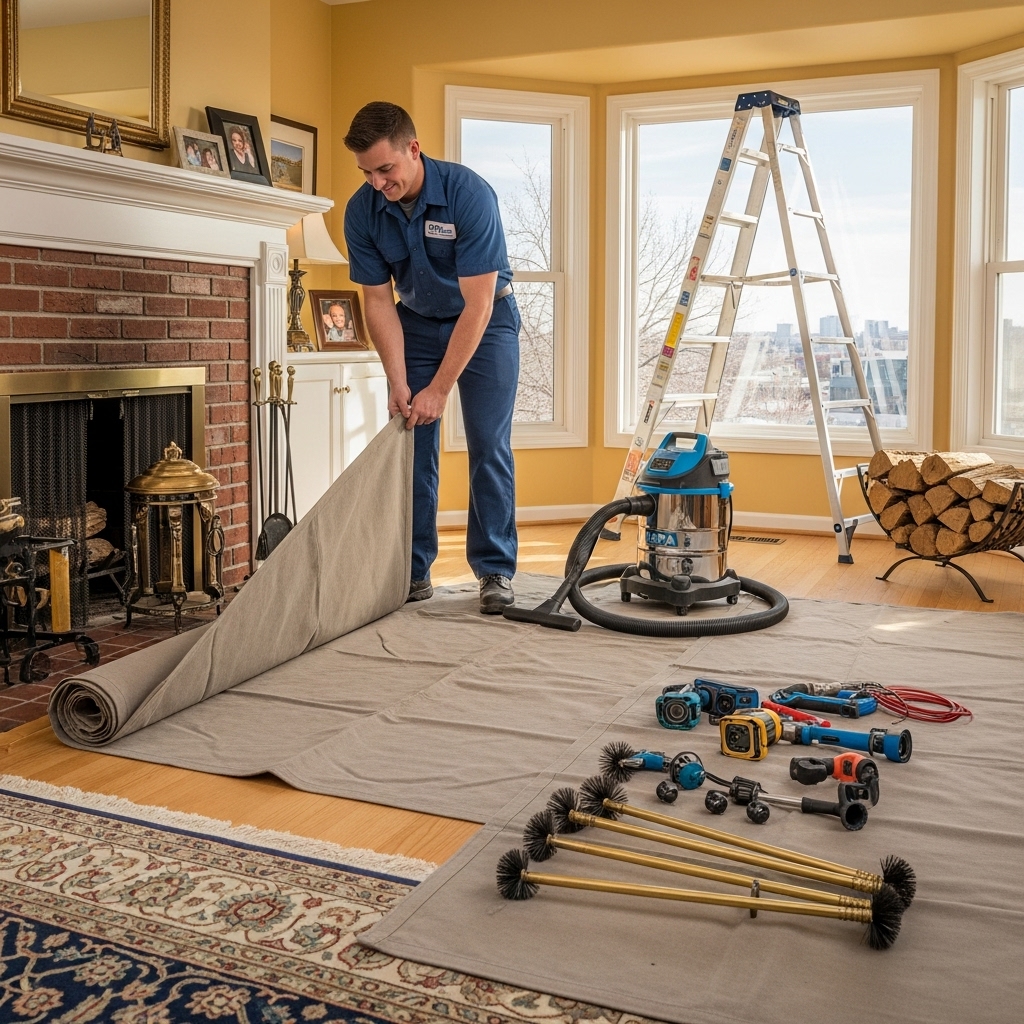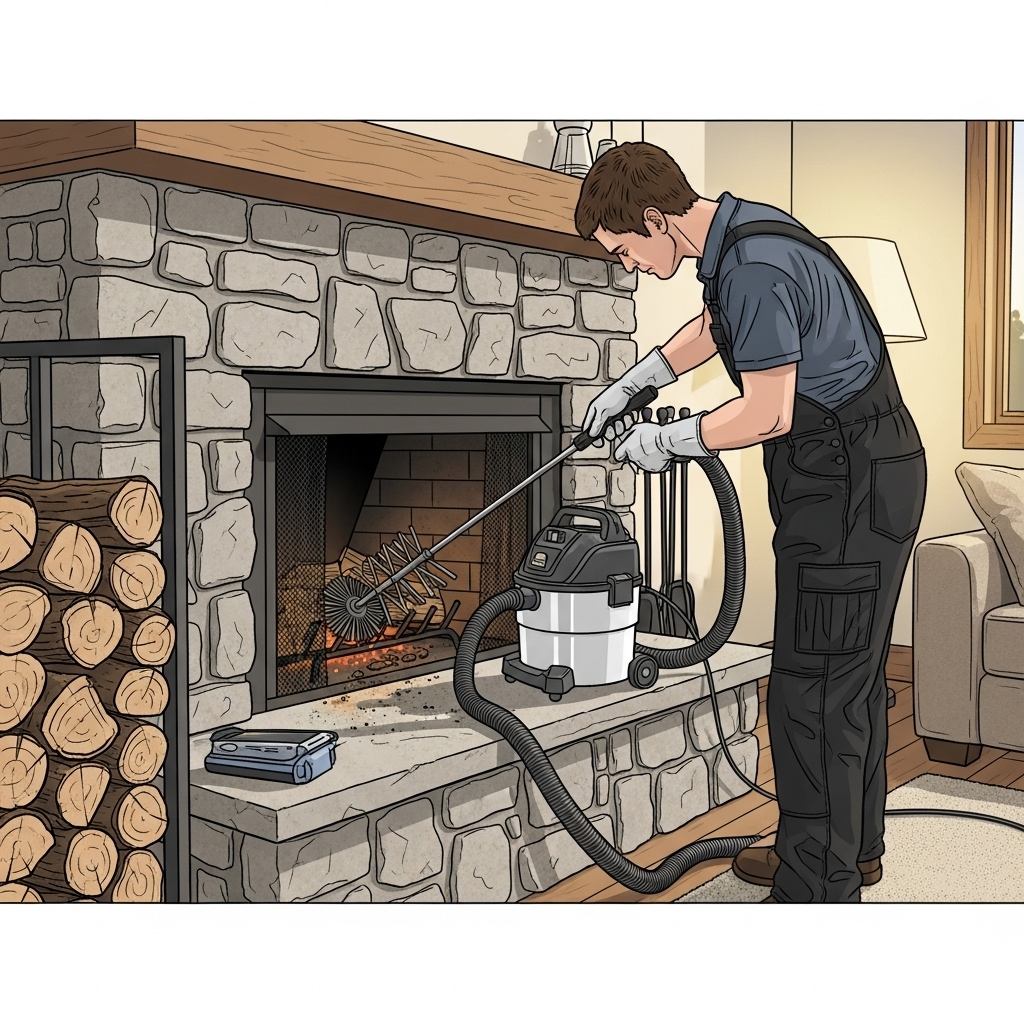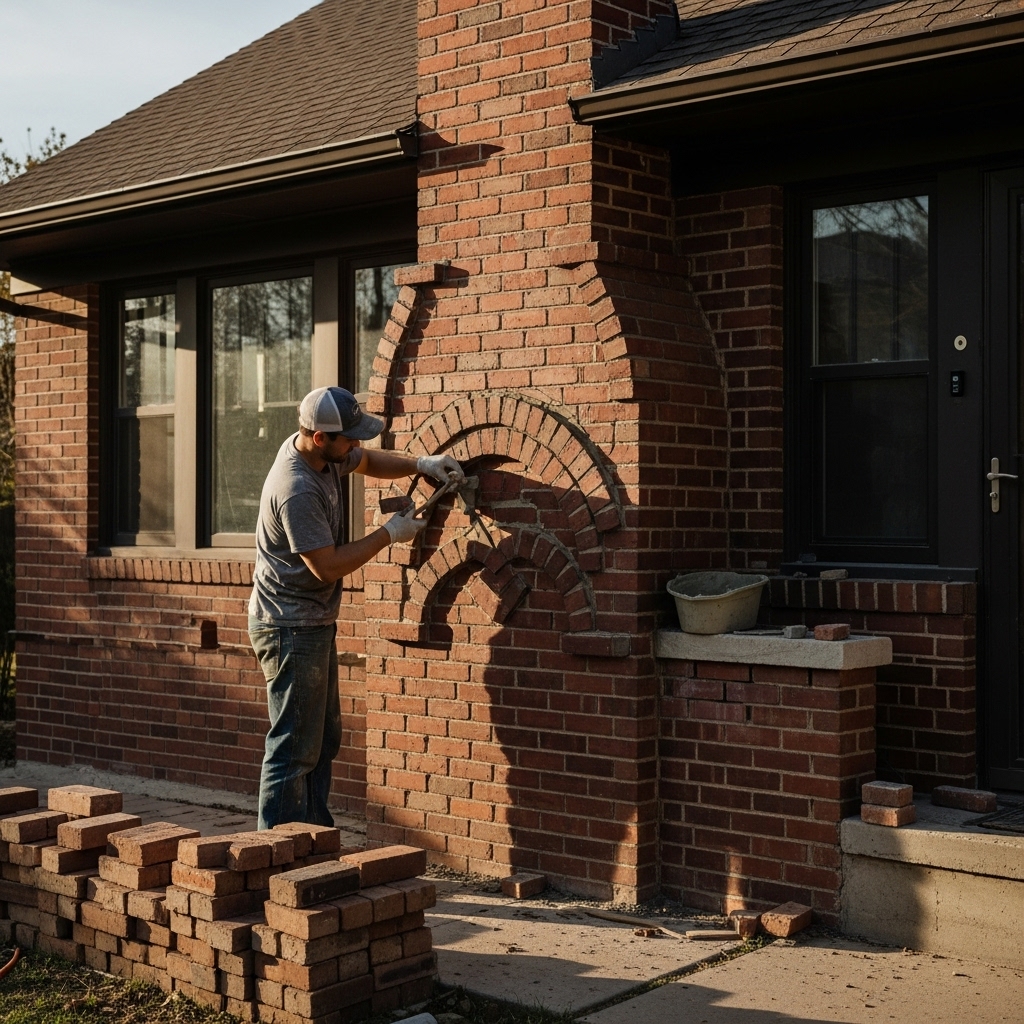What to Expect from a Professional Chimney Service in Denver
Booking a professional appointment for your fireplace, stove, or furnace vent is one of the simplest ways to protect your home and enjoy cozy winter evenings along the Front Range. Denver’s altitude, brisk winter nights, and gusty afternoons shape how a chimney drafts and how residue builds inside the flue. When you schedule expert chimney cleaning, you’re investing in a safer living space, clearer air, and a smoother experience every time you light a fire. Here is a clear, step-by-step picture of what will typically happen, how to prepare, and how to get the most from your appointment.
Whether your home has a classic masonry fireplace, a wood stove tucked into a basement family room, or a gas insert bringing instant ambiance, the core principles are the same. The visit should be organized, tidy, communicative, and thorough. A quality team will set expectations, explain findings, and leave a record you can reference later.
Before the Team Arrives
You’ll usually receive a confirmation with a time window, basic preparation tips, and the name of your technician. Good preparation includes letting the fireplace cool for at least 24 hours, moving delicate items from the mantel, and ensuring there’s a clear path from the entryway to the hearth. If rooftop access is needed, you may be asked about roof pitch and where a ladder can be safely staged. If you have pets, arrange a comfortable, quiet space for them during the visit.
It helps to write down any questions and recent observations. Did you notice a new odor on damp days? Did smoke hesitate before rising? Did you switch fuel types or start using the appliance more frequently? These details give technicians valuable context and help them tailor the inspection.
Initial Walkthrough and Protection of Your Home
The appointment typically begins with a brief walkthrough. The technician will identify where the fireplace or appliance is located, note flooring types, and position drop cloths and containment to keep soot from migrating. High-filtration vacuums are placed strategically, and tools are set out in a way that protects floors and furnishings. If an attic, garage, or exterior access point is relevant, the team will confirm those details before beginning.
Communication is key. The technician should explain which components will be inspected—firebox, smoke chamber, flue liner, damper, crown, cap, and connectors—and whether a camera will be used. Understanding the plan helps you follow along and ask informed questions as the visit progresses.
Inspection: Outside and Inside
Depending on your setup and the day’s conditions, the technician may start outside, verifying that the cap, crown, masonry, and flashing are intact. In Denver, wind, hail, and UV exposure can affect metal and mortar differently than in milder climates, so a careful look at those elements is important. From the interior, the damper and firebox are examined for cracks, warping, or unusual staining. If you have a factory-built system, the team will confirm that listed components appear intact and that clearances are maintained.
A camera inspection is often the best way to see inside the flue liner. It can reveal cracked tiles, missing mortar at clay joints, or light warping in a metal liner. Photos and videos not only document current conditions but also create a baseline for future comparisons.
The Cleaning Process Step by Step
With containment set, the technician selects brushes and rods that match your flue’s dimensions and material. Power sweeping or hand-rod methods may be used, depending on the system and residue type. A specialized vacuum with HEPA-level filtration captures particulates at the source to protect indoor air quality. The smoke chamber is addressed with tools designed to dislodge stubborn soot and smooth rough transitions that can cause turbulence.
For wood stoves, the connector pipe is disassembled as needed and cleared of flaky soot. For gas appliances, terminals and accessible vent sections are cleaned of lint, dust, and any film that could restrict airflow. Throughout the process, the technician monitors containment, adjusting as needed to keep your living space pristine.
Mid-Visit Communication and Findings
A hallmark of a good service is real-time communication. If the technician finds a missing cap, a compromised crown, or a liner defect, you should hear about it during the visit, not weeks later. Expect to see photos on a tablet or phone, with notes about severity and recommended next steps. This conversation is your opportunity to ask how a finding affects draft, safety, and everyday operation.
A clear, prioritized plan will emerge: what’s addressed immediately, what should be scheduled in the near future, and what to keep an eye on. If you own multiple appliances, you’ll also get guidance on a sensible cadence for each system based on usage and condition.
Why Denver’s Conditions Make Professional Care Essential
Altitude affects air density and combustion, winter dryness affects seals and joint movement, and spring storms can push debris into caps and screens. It’s a unique combination that calls for local expertise. A Denver-focused professional will notice neighborhood-specific patterns—like how foothill winds interact with tall chimneys or how hail seasons have affected exterior components in recent years—and tailor maintenance to those realities. This experience helps prevent small problems from becoming larger ones later.
Local insight also guides seasonal timing. Early-bird appointments in late summer beat the fall rush and leave room for any follow-up work before cold weather. If you prefer winter ambiance without worry, planning ahead is your friend.
Documentation You Can Use
At the end of the appointment, you should receive documentation: photos, written observations, and a summary of recommendations. Keep these records. They’re useful for insurance, real estate, and personal planning. The next time you schedule a visit, share the previous report; it helps the technician see trends and verify that earlier recommendations have been addressed.
Digital records are especially handy. You can store them with home improvement files and quickly reference part numbers for caps or liner components if exterior work or roof repairs are planned later.
Homeowner Tips Between Appointments
Good habits keep your system running smoothly. Burn well-seasoned wood, avoid trash or treated lumber, and keep fires hot enough to sustain a clean draft. Open the damper fully and confirm airflow before lighting. Store wood off the ground and covered to prevent moisture absorption. From the outside, take a quick look at the cap after major wind events, and from the inside, glance at the firebox for new cracks or unusual residue after a long burn.
Ventilated homes draft better. If your house is very tight, crack a nearby window slightly when starting a fire to establish strong initial draft. Once the flue is warm and moving air reliably, you can close it.
Common Questions During a Visit
Homeowners often ask about odors in humid weather, about smoke that lingers on start-up, or about white staining on masonry. Odors typically come from residue interacting with humidity; cleaning and improved sealing help. Start-up smoke can reflect cold flue walls; pre-warming the flue with a rolled-up newspaper held near the damper can help establish draft. White staining—efflorescence—signals moisture movement and deserves a closer look to protect the masonry.
Another frequent topic is animal intrusion. Screens on caps deter nesting, but if animals have entered before, it is wise to check attic spaces and nearby vents for secondary signs. Humane removal followed by robust exclusion measures keeps wildlife out for good.
Choosing a Team You Trust
Look for clear communication, protective work practices, and proven local experience. Ask how technicians are trained, how they document findings, and which safety measures they use on roofs and indoors. A dependable company will be happy to describe their containment setup, equipment, and post-visit reporting. If you have a historic fireplace or an unusually tall chimney, ask for examples of similar projects they’ve handled in Denver neighborhoods like Park Hill, Washington Park, or the Highlands.
Transparency builds confidence. When you feel comfortable with the plan and the people, you’re more likely to keep up with regular maintenance—one of the best ways to enjoy steady performance and peace of mind.
Midway Reminder: Keep the Goal in Sight
Halfway through planning, it helps to remember why you scheduled in the first place: safety, comfort, and reliability. Professional chimney cleaning reduces risk, improves draft, and makes your fireplace time more enjoyable. When the first cold snap arrives, you’ll be ready to light a fire without hesitation.
Frequently Asked Questions
Q: How long does a typical appointment take?
A: Duration depends on system type, access, and findings. The visit includes protection of the work area, cleaning, inspection, and documentation. Ask for a time window when you book so you can plan your day accordingly.
Q: Do gas fireplaces require the same attention as wood-burning systems?
A: They require different attention. Gas units produce lighter residues but rely on clear venting and clean components. Terminals and passages should be inspected and cleaned periodically.
Q: What are signs that I should schedule sooner rather than later?
A: Persistent odors, visible flakes in the firebox, difficulty maintaining draft, unusual flame color, or signs of wildlife at the cap all merit a timely appointment.
Q: Can weather delay rooftop work?
A: Yes. Safety comes first. If snow, ice, or high winds make rooftop work unsafe, the team may adapt by performing interior tasks and rescheduling exterior portions. Clear communication ensures everything is completed promptly.
Q: Will the technician provide photos?
A: A good team will. Photos make findings understandable and help you make informed decisions. They also create a useful baseline for future visits.
Feel Prepared and Confident
When you know what to expect, maintaining your fireplace or stove becomes straightforward. With a clearly defined process, clean containment, and thorough documentation, you can enjoy the warmth of your hearth all winter long. To make sure your home is ready for the season, schedule professional chimney cleaning and welcome Denver’s cold nights with confidence.




